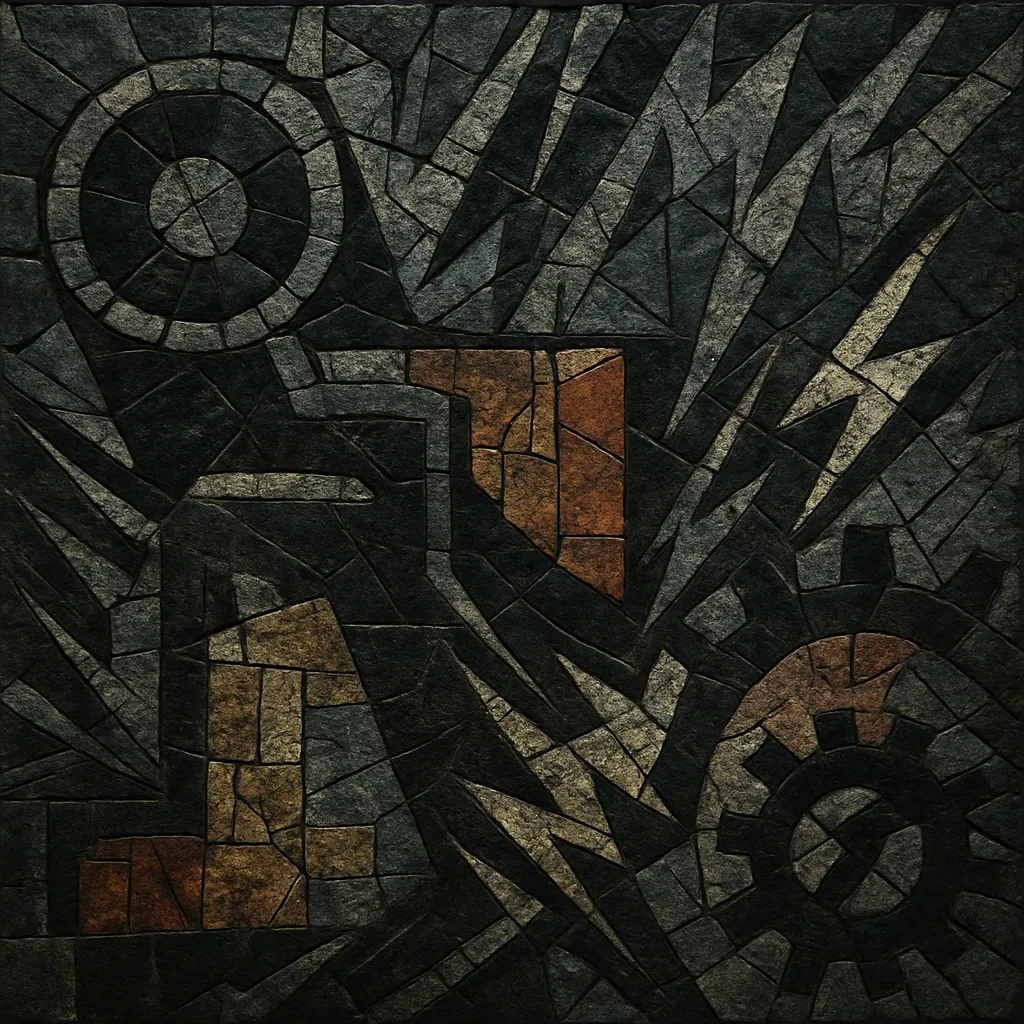Power noise, also known as rhythmic noise, is a club-oriented offshoot of industrial and noise that focuses on heavily distorted, beat-driven patterns.
It emphasizes pounding kick drums, clipped and bit-crushed percussion, metallic samples, and relentless repetition over traditional melody or harmony.
The tempo typically ranges from 120 to 160 BPM, with grooves that alternate between strict four-on-the-floor and jagged, syncopated sequences.
Producers use waveshaping, hard clipping, resonant filtering, and dynamic abuse to turn drums and noise bursts into the main musical material, resulting in a stark, physical, and hypnotically mechanized sound.
While rooted in the experimental ethos of noise, power noise is designed for the dancefloor, bridging abrasive timbres with propulsive, minimalist structures.
Power noise emerged in Germany in the mid–late 1990s as producers connected the harsh textures of noise and power electronics to the driving grids of industrial and techno. Labels such as Ant-Zen (Germany) and Hands Productions became early hubs, issuing records that reduced industrial to its rhythmic core while pushing distortion and compression into the foreground. Early acts established the template with churning kick drums, metallic samples, and long-form, loop-based development rather than song structures.
By the end of the 1990s, Ant-Zen and its affiliates (including Hymen) had cultivated a recognizable aesthetic and international audience. Festivals like Maschinenfest and Forms of Hands provided key stages that codified the style’s club-facing intensity. The genre’s “rhythmic noise” moniker highlighted its paradox: extreme sonics made physically legible through pulse and pattern.
During the 2000s the style expanded beyond Germany and Belgium, with artists in North America and elsewhere adopting the approach. Releases grew more varied—some leaning toward minimal, hypnotic four-on-the-floor, others toward broken, syncopated assaults—yet the core traits remained: distortion as composition, percussion as protagonist, and a restrained use of melody.
In the 2010s, power noise intersected with industrial techno and hard techno, influencing darker strains of club music while remaining a distinct scene anchored by specialized labels and events. Its legacy persists in contemporary producers’ willingness to treat saturation, clipping, and texture as primary musical parameters rather than mere effects.
Work in a DAW or hardware-centric rig that lets you drive signals into distortion and control dynamics precisely. Drum machines (real or virtual), samplers, and modular or feedback-capable noise sources are ideal.
Set a tempo between 120 and 160 BPM. Start with a heavy, saturated kick pattern—either four-on-the-floor or a sparse, syncopated grid—and build variation by muting hits, shifting accents, and inserting off-beat percussive thuds. Keep fills minimal but impactful.
Create drums that can survive extreme processing. Layer dry, punchy transients with noisy tails, and route them through waveshaping, overdrive, bit reduction, and aggressive compression or limiting. Use metallic hits, machine recordings, clattering chains, and industrial field recordings as percussion and texture.
Favor atonality and texture over conventional harmony. Introduce simple drones, sub rumbles, or single-note stabs for tension, but keep pitch content restrained so the rhythm and distortion remain central.
Structure tracks around evolving loops. Introduce and withdraw layers gradually, alter saturation levels, automate filters and distortion drive, and carve breakdowns that swap kick energy for hissing noise beds. Aim for long-form momentum rather than verse–chorus contrast.
If using vocals, process them heavily (bit-crush, ring-mod, distortion) so they function as rhythmic fragments rather than leads. Short found-sound gestures, alarm blips, and mechanical whirs add identity without cluttering the mix.
Prioritize headroom early, then lean into parallel compression and clipping to achieve density. Use high-pass filters to keep sub energy controlled, and shape midrange harshness with dynamic EQ. The final master should feel punishing yet intelligible on club systems.


